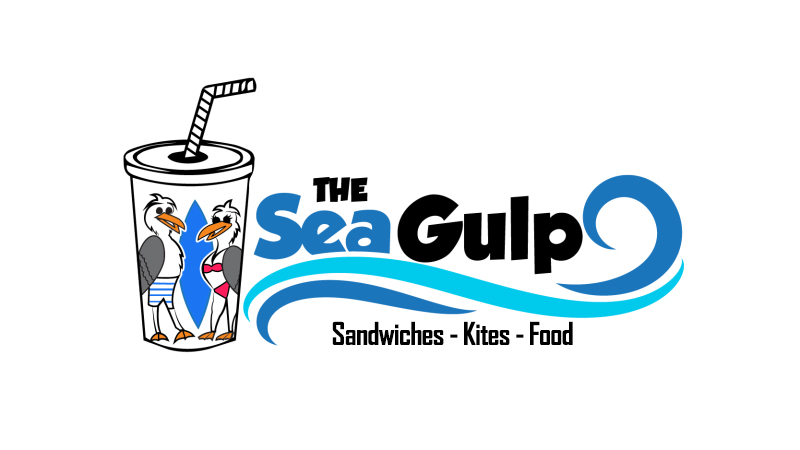The University of Oregon announced it received a $500 million commitment from Phil and Penny Knight to build a new science complex in Eugene, which it hopes will speed the translation of scientific discoveries into “real world impact.”
 School officials are expected to formally announce the donation from its most prominent and wealthy alum at a news conference Tuesday morning at the Ford Alumni Center on campus.
School officials are expected to formally announce the donation from its most prominent and wealthy alum at a news conference Tuesday morning at the Ford Alumni Center on campus.
In an interview, UO President Michael Schill said the “spectacular” gift from the Knights is the largest donation to a public flagship university in the nation’s history.
“This act of philanthropy from Penny and Phil Knight is breathtaking,” Schill said in a formal statement. “This is a seminal moment for the University of Oregon, an inflection point that will shape the trajectory of the university and this state for the next century and beyond.”
The half-billion-dollar pledge comes a little more than three years after the Knights promised an equal amount to Oregon Health & Science University for a cancer research institute and roughly six months after they committed $400 million to Stanford University for a graduate fellowship program. It also puts to rest questions about when the couple would make a similar donation to the Nike magnate’s alma mater.
University of Oregon for science complex
 In a statement provided by the school, Phil Knight said he and his wife were “delighted” to give to the university “in an age of declining public support for scientific research generally and declining public higher education support specifically.”
In a statement provided by the school, Phil Knight said he and his wife were “delighted” to give to the university “in an age of declining public support for scientific research generally and declining public higher education support specifically.”
“While not without risk, we believe the expected societal returns from such investments are high,” Knight said. “And here at home in Oregon, we believe the potential to arm our talented young people with the skills and tools they will need to have a lasting impact on the world and to pursue rewarding careers makes such investments essential.”
Phil Knight graduated from UO in 1959 and ran track for Bill Bowerman, his future business partner. The two built Nike into one of the best known brands in the world. By the time Knight stepped down as chairman of the company’s board this June, Nike had a market value of more than $84 billion.
The gift, which will be spaced out in 10 annual installments of $50 million, is the first in what UO hopes will be a $1 billion effort to build a research hub with an emphasis on accelerating research into “innovations, products or cures that could improve the quality of life for people in Oregon, the nation and the world.”
The remaining $500 million will come from donors who have already expressed interest in the sciences, Schill said. UO has not yet received those commitments.
Like other billionaires, Nike’s co-founder plans to give most of his estimated $24 billion fortune to charity.
In February, Columbia Sportswear CEO Tim Boyle, another billionaire with ties to UO, gave $10 million to UO for its zebrafish research center.
Schill said UO always had a great science program that worked well between disciplines. But the school never had a way to “take those discoveries and get them out to the world other than through published work.” The gift is particularly vital to UO because it doesn’t have a medical school or engineering program, which typically brings in large research grants from the federal government and helps foster invention and innovation.
 The new Knight campus will initially focus on the life sciences – biology, microbiology, biochemistry and other disciplines – all existing strengths in Eugene.
The new Knight campus will initially focus on the life sciences – biology, microbiology, biochemistry and other disciplines – all existing strengths in Eugene.
But Patrick Phillips, a UO biology professor and the acting executive director of the initiative, said the gift will allow the school to bring “new kinds of scientists that we otherwise haven’t been able to.” The school plans to hire 30 new researchers, and bring some 550 students and post-doctoral scholars into the fold.
Phillips said the school could collaborate with OHSU in Portland, Oregon State University in Corvallis and other schools on research. “We’re not going to be able to achieve everything that we want to here without a strong partner in OHSU,” he said.
During the next decade, UO said it will build three 70,000-square-foot buildings to house the Penny and Phil Knight Campus for Accelerating Scientific Impact. The buildings will be built on roughly 3 acres across Franklin Boulevard from the main campus in Eugene, and will be connected by a sky bridge to the Lorry Lokey Science Complex across the thoroughfare. A company run by the UO Foundation owns some of the property, and the school is already discussing buying the remaining property.
Schill said the gift validates the Oregon Legislature’s decision in 2013 to give UO and Portland State University independent governing boards, a move that came two years after high-profile UO alums and then-president Richard Lariviere aggressively pushed for more autonomy from the state system.
Independence for Oregon’s universities a success, so far
Oregon’s seven public universities are now all on their own, and predictions of acrimony have yet to manifest. But some question where the big donors are.
“We’re playing the game that private universities have played for so many years,” Schill said, “which is to look to their alumni to be able to support new innovative and spectacular ventures.”
“That’s what this is.”
Schill said the gift never would have happened without the independent boards.
But UO also will ask the state for $100 million in bonds in 2017 to help pay for one of the buildings.
Schill said the initiative will create a hub of innovation and entrepreneurism on campus, sparking spinoff businesses in Lane County that will boost the region. “We see this as part of an economic development strategy for the Willamette Valley and the whole state,” Schill said. At total buildout, the school projects 750 jobs will be supported by the center.
Faculty researchers pushed for the new campus initiative and leaders pitched the idea to the Knights last December, and the couple signed off on the idea this spring.
The Knight name is already on the UO law school and library. Several endowed professorships in various disciplines also bear the family name. The couple helped fund renovations at Autzen Stadium and bankrolled other athletic buildings on the UO campus as well.
Despite those contributions, one of the worst-kept secrets in the state was that the couple was mulling a sizable gift to UO. When the school publicized reaching the halfway mark earlier this year on its $2 billion capital campaign, those questions intensified.
Schill, who was hired in April 2015, said the Knights love the university – but the couple has been “looking for the right moment” to leave a legacy.
He thinks they’ve found that moment.
“I am really determined that this will be a wonderful legacy for Phil and Penny and a wonderful thing for the university,”







